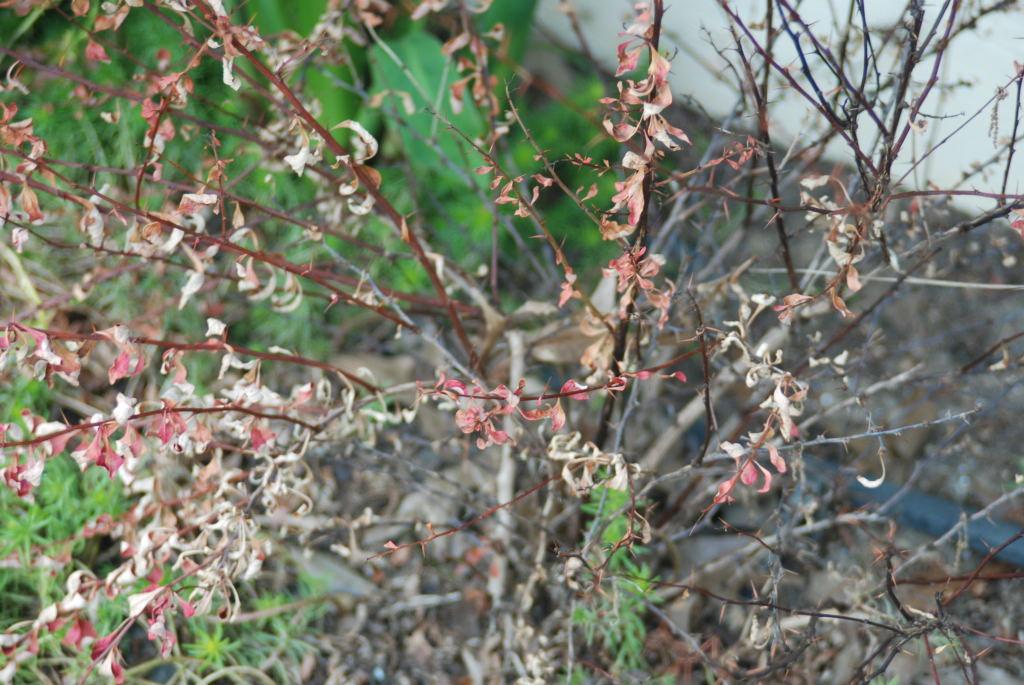
We all dream of a lush green garden or flower beds. Unfortunately, sometimes nature does not always comply with this dream. It can start with just a few leaves dropping off a plant or two, then the next thing you know, you’re looking at nothing but bare branches and stems in your garden. There can be many reasons for this defoliation of plants. Read on to learn what causes defoliation and the effects of defoliation in the garden.
What Causes Defoliation?
Defoliation is defined as a widespread loss of leaves or stripping of leaves on a plant. There are many things that can cause this, such as grazing animals like deer or rabbits, insect infestation, disease or chemical run off from herbicides.
If your plant is suddenly losing all its leaves, you should check it over thoroughly. Look for signs of chewing from animals or insects as well as signs of disease like spots, blisters, mildews and molds. Also, think about any chemical treatment that has been done near the plant. If the plant losing its leaves is a tree, you may want to call a certified arborist to diagnose it.
Effects of Defoliation
Plants have most of their photosynthesis cells in their leaves. Therefore, defoliated plants are not able to convert sunlight into energy. The effects of defoliation can cause stunted or malformed plants and even death to the plant. Woody plants can often tolerate defoliation better because they store reserve energy in their trunks and branches; however, repeated defoliation can lead to their demise as well.
Treating Defoliated Plants in the Garden
After inspecting your defoliated plants, you may have a good idea of what is causing the lack of leaves. If you suspect it is animal damage, there are animal deterrent products you can try. I make a homemade rabbit deterrent by boiling garlic, onions, cloves, cinnamon, crushed red pepper and marigolds in water. I then strain this mixture and spray the infused water all around areas where rabbits seem to frequent. This homemade remedy, like store bought products, works for a while but need to be reapplied. In cases where animals have killed the entire plant or just won’t leave it alone, you may need to replace the plant with a deer resistant plant.
If you see insects eating the foliage off your plants, select the proper insecticide for the insect you are seeing. Be sure to thoroughly spray the plant, getting the undersides of any remaining leaves. Some insecticides are systemic, meaning you can just water them in at the plant base and the plant will suck them up, protecting the whole plant from the inside out.
Disease is a harder cause of defoliation to diagnose. Usually, you will see brown or black spots, streaking on the stems, deformed leaves or stems, or a powdery or fuzzy substance on the plant. Try copper fungicide to treat disease. There are also products for ornamental shrubs that have insecticide and fungicide in one product.
